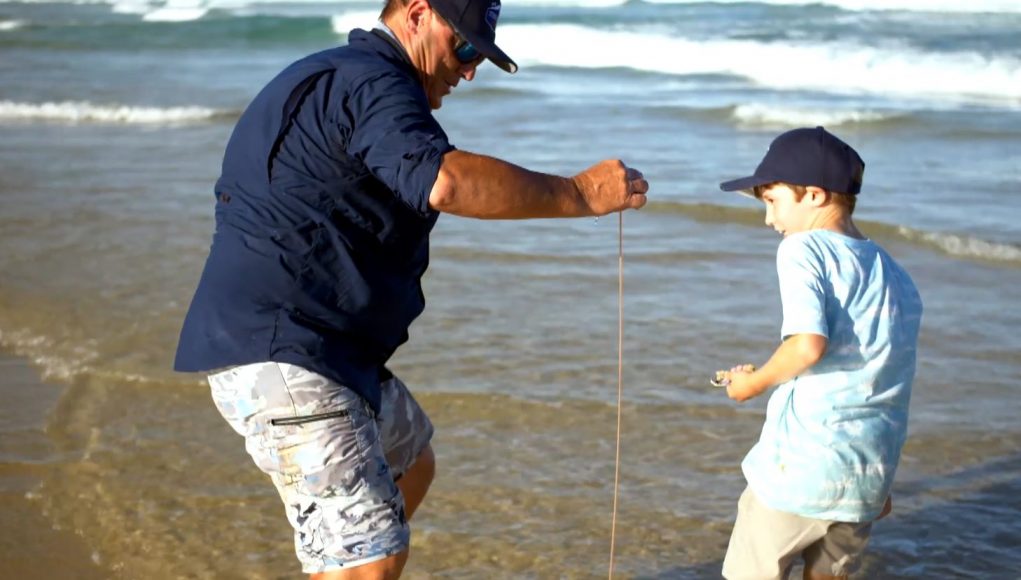Beach worms have long been hailed as the pinnacle of bait for fishing enthusiasts. Their natural scent and movement in the water entice a wide range of fish species, making them irresistible targets. The soft, supple texture of beach worms makes them easy to hook, ensuring a higher chance of successfully reeling in a catch. Their inherent durability also allows for multiple casts, making them a cost-effective and efficient choice for anglers.
These worms, scientifically named “Arenicola brasilliensis,” are found in abundance along the sandy beaches of Australia’s coastal regions. The technique relies on the understanding of the worm’s behavior and the ability to gently extract them from their sandy burrows is something of an art!
To begin, one must locate areas where beach worms typically reside. These include the intertidal zone, where the sand is moist and dark. On the bottom of the tide is the best time to catch them.
But how to do it? With the fish frame/s and the receding wave at low tide, swish the frames across the water. If a small V, or a number of them appear before the next wave comes through, there’s a good chance there are worms in the zone.
Slowly, but gently walk up to the head of the “v” and place your bait. Pippies are usually the best for finger baits. Watch the head appear out of the sand and take a bite and at the same time, use your other hand to dig in close to the worm – and this is where the patience and practice takes place – wait a few seconds (in between the next wave coming and ruining it all) and the worm taking a firm grip… then when it’s attached… squeeze between your fingers … and pull up!
Give it a try next time you’re beach fishing – once you get the hang of it, it’s great fun!











